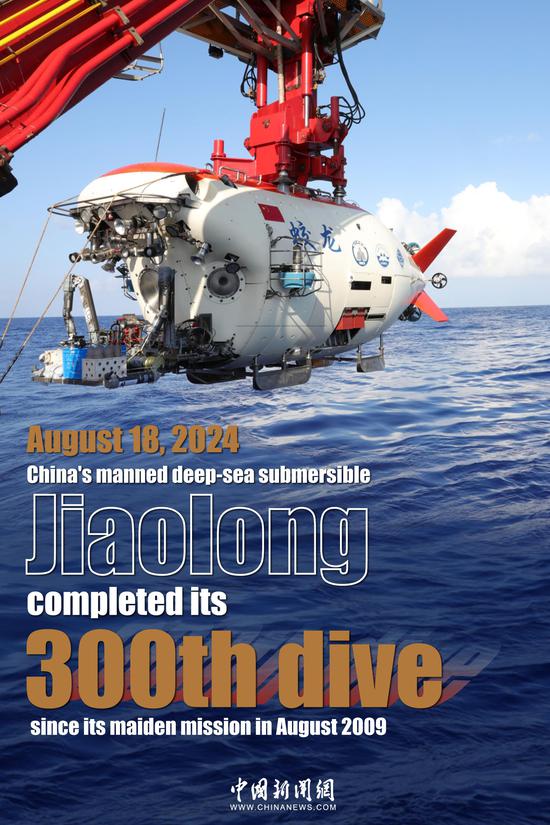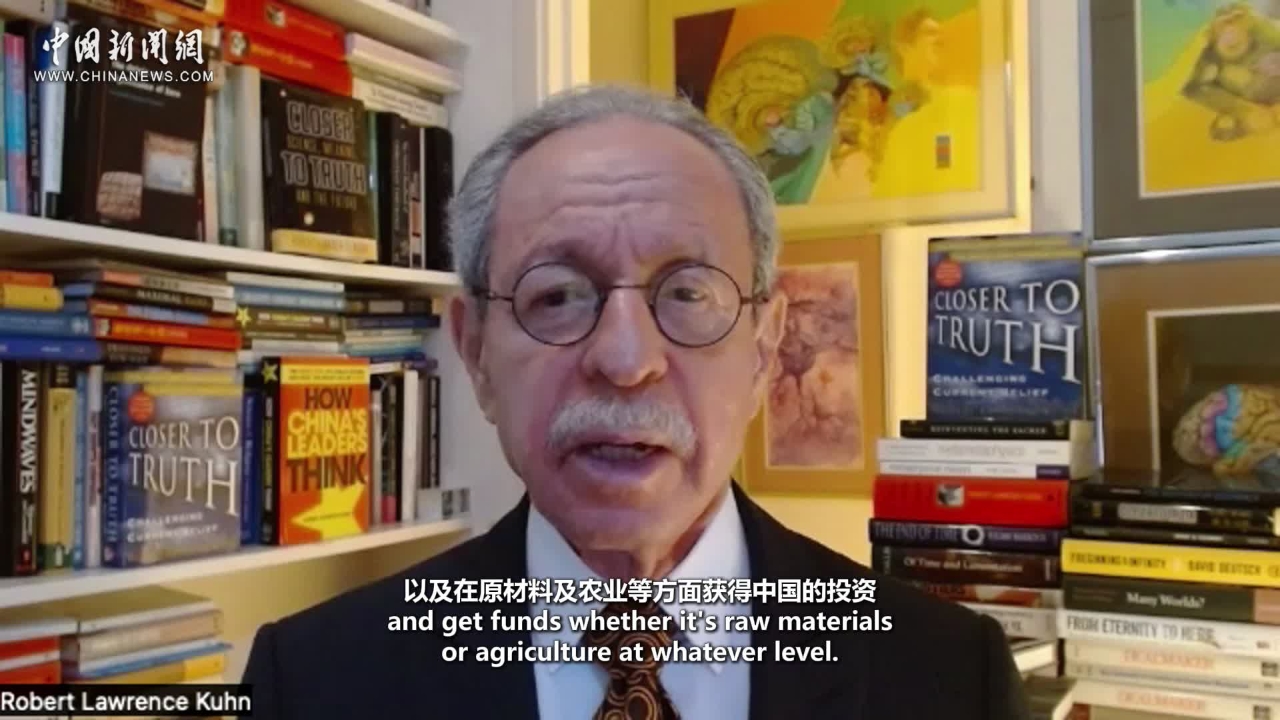(ECNS)-- Researchers from the Institute of Modern Physics at the Chinese Academy of Sciences have discovered a new form of antimatter known as “Anti-Hyperhydrogen-4” through an international collaborative experiment, CCTV reported on Thursday.
This is currently the heaviest antimatter nucleus ever observed in experimental research, according to the team.
The breakthrough represents a significant step forward in the exploration of antimatter and matter-antimatter asymmetry. It also offers promising insights on unraveling the mysteries of the early universe and the Big Bang.
Researchers measured the lifespan of Anti-Hypertriton-4 and compared it with its matter counterpart, Hypertriton-4. Within the limits of measurement precision, no significant difference in lifespan was observed between the two, further confirming the symmetry in properties of matter and antimatter.
The findings were published in Nature on Wednesday.
Antimatter is the same as ordinary matter except that it has the opposite electric charge. For instance, an electron, which has a negative charge, has an antimatter partner known as a positron. A positron is a particle with the same mass as an electron but a positive charge.
Particles with no electric charge, like neutrons, are often their own antimatter partners.


















































 京公网安备 11010202009201号
京公网安备 11010202009201号